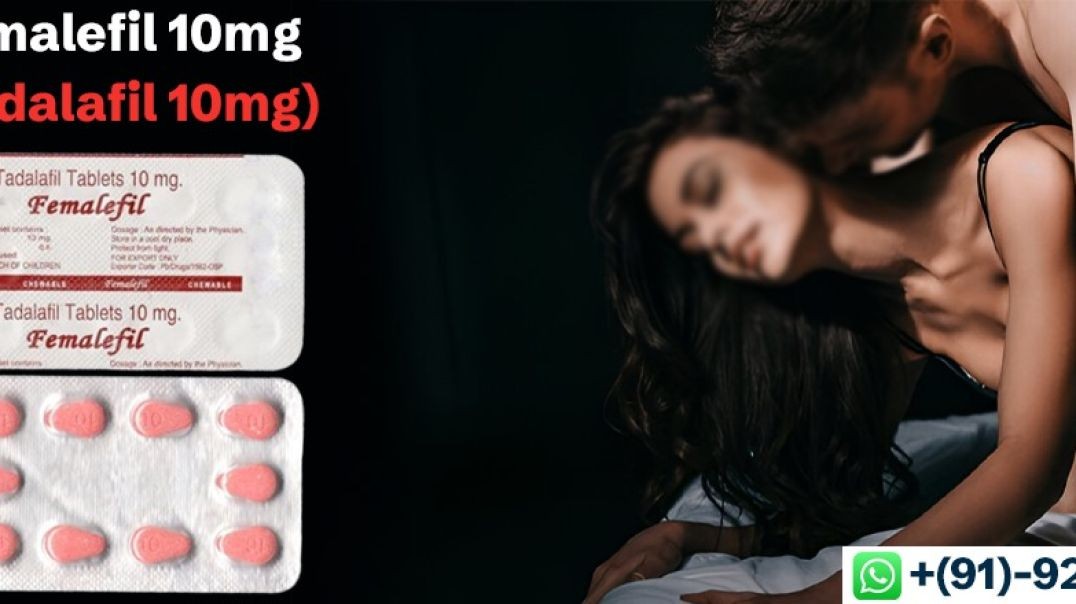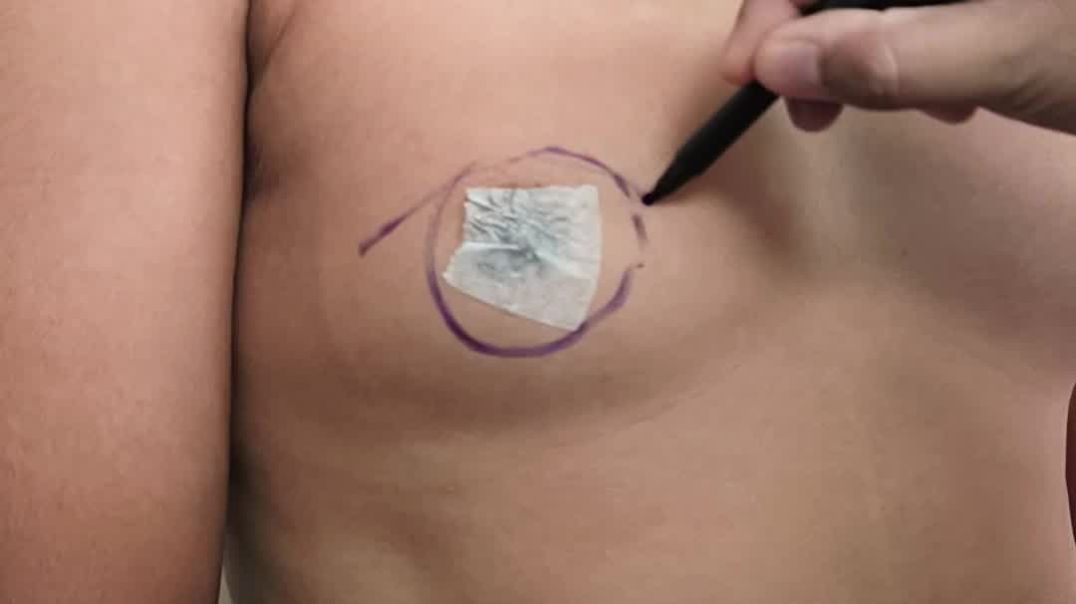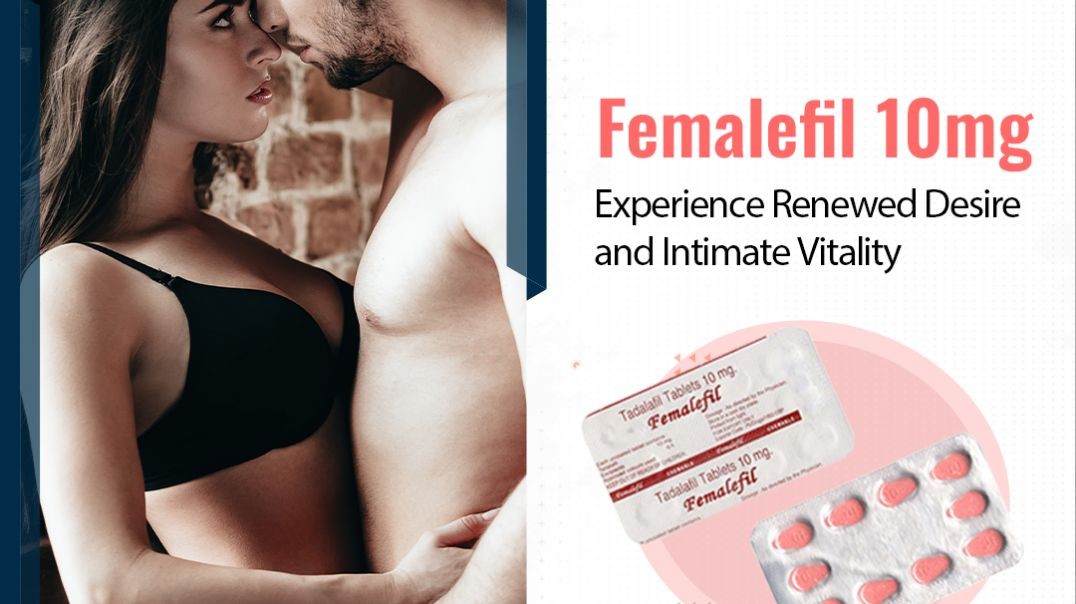Top videos
Health Assessment: Musculoskeletal System- Nursing Skills
FREE Nursing School Cheat Sheets at: http://www.NURSING.com
Get the full lesson on musculoskeletal assessment here:
https://nursing.com/lesson/02-11-musculoskeletal/
Welcome to the NURSING Family, we call it the most supportive nursing cohort on the planet.
At NURSING.com, we want to help you remove the stress and overwhelm of nursing school so that you can focus on becoming an amazing nurse.
Check out our freebies and learn more at: (http://www.nursing.com)
Health Assessment: Musculoskeletal System- Nursing Skills:
In this video we’re going to review a Musculoskeletal Assessment. The Musculoskeletal system involves the muscles, bones, and joints. This means we must assess structure AND function! If the patient cannot stand, assessments should be performed in the bed to the best of your ability. If they cannot perform Active Range of Motion (ROM), use Passive movements to determine ROM.
We love you guys! Go out and be your best selves today! And, as always, happy nursing!
Bookmarks:
0.05 Introduction
0:34 Spine assessment
1:02 Range of motion
1:39 Extremity assessment
1:52 Shoulder range of motion
2:10 Elbow & wrist range of motion
2:25 Hand range of motion
2:34 Upper extremity strength
2:54 Lower extremity range of motion
3:02 Hips range of motion
3:20 Knees range of motion
3:30 Ankles range of motion
3:38 Toes range of motion
3:42 Lower extremity strength
4:05 Outro
Visit us at https://nursing.com/medical-disclaimer/ for disclaimer information.
NCLEX®, NCLEX-RN® are registered trademarks of the National Council of State Boards of Nursing, INC. and hold no affiliation with NURSING.com.
Dr. Claytor uses a 3-D animation to demonstrate how a drainless tummy tuck combined with liposuction can effectively reduce excess skin and fat on the abdomen WITHOUT the need for drains during post-op recovery!
Learn more about Dr. Claytor’s drainless tummy tucks here: https://www.cnplasticsurgery.c....om/procedures/body/t
R. Brannon Claytor, MD, FACS is a renowned double board-certified plastic surgeon and director of Claytor Noone Plastic Surgery, a premium plastic surgery practice in Bryn Mawr, PA that proudly serves the Philadelphia, Main Line, and surrounding areas. Dr. Claytor’s superb skill and results have been recognized for over a decade, earning him numerous awards in both local and national publications, including Philadelphia Magazine, Main Line Today, and Newsweek.
Together, Dr. Claytor and his experienced aesthetics team provide a variety of surgical and non-surgical procedures for the face, breasts, and body to help you look and feel your best. To learn more about how Dr. Claytor and our entire staff can help you reach your goals, please visit our website or give us a call at 610-527-4833.
About Dr. Claytor: https://www.cnplasticsurgery.c....om/our-practice/dr-r
Claytor Noone Plastic Surgery: https://www.cnplasticsurgery.com/
Essential guide to plastic surgery (procedures, costs, planning and more): https://www.cnplasticsurgery.c....om/our-practice/esse
Questions? Contact us online: https://www.cnplasticsurgery.com/contact-us/
Diastasis recti often occurs during pregnancy and can persist after pregnancy. It affects core strength and the appearance of the abdominal muscles.
Dr. Erick Sanchez repairs the abdominal muscles with every tummy tuck. This short video shows the muscle repair portion of the surgery with a bonus after photo at the end!
To request a consultation with Dr. Sanchez, visit sanchezplasticsurgery.com and click Request a Consultation. Fill out the form and someone will get in touch with you to answer all your questions.
Expected cost can be found at the bottom of each procedure page on our website.
Join the Amoeba Sisters a they explore different muscle tissues and then focus on the sliding filament theory in skeletal muscle! This video also briefly talks about muscle naming, some vocabulary (such as agonists and antagonists) before focusing on the sliding filament model. Video also mentions general roles of tropomyosin and troponin.
---------------------------------------------------------
Table of Contents:
00:00 Intro
0:39 Muscle Tissue Types
1:58 Muscle Characteristics
2:33 Skeletal Muscle Naming and Arrangement
3:26 Actin Myosin and Sarcomere
4:32 Sliding Filament Model
6:55 Tropomyosin an Troponin
---------------------------------------------------------
Factual References:
Betts, J. Gordon, et al. “10.3 Muscle Fiber Contraction and Relaxation - Anatomy and Physiology 2e | OpenStax.” Openstax.org, 20 Apr. 2022, openstax.org/books/anatomy-and-physiology-2e/pages/10-3-muscle-fiber-contraction-and-relaxation.
Urry, Lisa A, et al. Campbell Biology. 11th ed., New York, Ny, Pearson Education, Inc, 2017.
---------------------------------------------------------
Further Reading Recommendations:
What about I and A bands? What actually initiates the power stroke? How does calcium get released and from where? Remember, there is a lot more detail! We recommend this page from Openstax to learn more:
https://openstax.org/books/bio....logy-2e/pages/38-4-m
-----------------------------------------------
The Amoeba Sisters videos demystify science with humor and relevance. The videos center on Pinky's certification and experience in teaching biology at the high school level. Amoeba Sisters videos only cover concepts that Pinky is certified to teach, and they focus on her specialty: secondary life science. Learn more about our videos here: https://www.amoebasisters.com/our-videos
Support Us? https://www.amoebasisters.com/support-us
Our Resources and Handouts: https://www.amoebasisters.com/handouts
Biology Video Playlist: https://www.youtube.com/playli....st?list=PLwL0Myd7Dk1
GIFs: https://www.amoebasisters.com/gifs.html
Comics: https://www.amoebasisters.com/....parameciumparlorcomi
Unlectured Series: https://www.amoebasisters.com/unlectured
Connect with us!
Website: https://www.AmoebaSisters.com
Twitter: https://www.twitter.com/AmoebaSisters
Facebook: https://www.facebook.com/AmoebaSisters
Tumblr: https://www.amoebasisters.tumblr.com
Pinterest: https://www.pinterest.com/AmoebaSisters
Webtoon: https://www.webtoons.com/en/challenge/amoeba-sisters-sisterhood/list?title_no=289479&page=1
Instagram: https://www.instagram.com/amoebasistersofficial/
TikTok: https://www.tiktok.com/@amoebasistersofficial
Visit our Redbubble store at https://www.amoebasisters.com/store
TIPS FOR VIEWING EDU YOUTUBE VIDEOS:
Want to learn tips for viewing edu YouTube videos including changing the speed, language, viewing the transcript, etc? https://www.amoebasisters.com/....pinkys-ed-tech-favor
MUSIC:
Our intro music designed and performed by Jeremiah Cheshire.
End music in this video is listed free to use/no attribution required from the YouTube audio library.
COMMUNITY:
We take pride in our AWESOME community, and we welcome feedback and discussion. However, please remember that this is an education channel. See YouTube's community guidelines and how YouTube handles comments that are reported by the community. We also reserve the right to remove comments.
TRANSLATIONS:
Spanish Subtitles Translated by Jeremy García
Hindi Subtitles: Translated by Alisha Aggarwal
We gladly accept subtitle translations from our community. Learn more here: https://www.amoebasisters.com/....pinkys-ed-tech-favor We want to thank our amazing community for the generosity of their time in continuing to create translated subtitles.
We also have videos dubbed in Spanish and Portuguese using an artificial voice via https://aloud.area120.google.com to increase accessibility. See our Amoeba Sisters en Español channel https://www.youtube.com/channe....l/UC1Njo3LBy53cOPngz and Amoeba Sisters em Português https://www.youtube.com/channe....l/UCYTQPX2X_mXe0ZMPi
Kendall Lee, M.D., describes deep brain stimulation surgery, and how it is is typically done with patients who remain awake, so neurological functions can be measured and maintained. For more information on deep brain stimulation, visit http://mayocl.in/2A09T80.
Femalefil 10 tablet is a powerful medicine intended only for women's use. The medicine has an active component of Tadalafil 10mg. It is effective in improving hypoactive sensual desire disorder in women.
Buy Now : https://www.rsmenterprises.in/....product/viewdetail/t
#rsmenterprises #health #healthcare #femalefil10mg #tadalafil10mg #femalegenericcialis #femalepills
Men who have erection problems can use Dapoxetine 60mg & Vardenafil 40mg that enable them to get and maintain erection during sexual activity. We fabricate Dapoxetine & Vardenafil Tablets which is a combination of active ingredient Vardenafil 20mg and Dapoxetine 60mg.
Buy Now : https://www.rsmenterprises.in/....product/viewdetail/d
#rsmenterprises #health #healthcare #snovitrapower #dapoxetine60mg #vardenafil40mg #edmedicine #maleedmedicine
Face & Neck lift surgery is a challenging surgery to perform and here you can watch how easy it is made by Dr Rajat Gupta, plastic surgeon to many celebrities. One can also watch Testimonial of a patient from USA who had a revision facelift surgery done by Dr Gupta!
To book an appointment at GNH Excel Medical Centre: +91-9312234911
Skinnovation Clinics: 9251-711-711
https://drrajatgupta.com
https://skinnovationclinics.com
https://www.instagram.com/skinnovationclinics/
https://www.facebook.com/skinnovationclinics/
https://www.linkedin.com/compa....ny/skinnovation-clin
Disclaimer: The information provided on this Youtube Channel is provided for informational purposes only and is not meant to substitute the advice provided by your doctor or other health care professional. You should not use the information available on or through the videos on this channel for diagnosing or treating a health problem or disease or prescribing any medication. Many images used on in these videos are for illustrative purposes only, actual results and process may vary.
Music credit: https://www.bensound.com/
What is Breast augmentation procedure ?
Breast augmentation, sometimes referred to as a "boob job" by patients, involves using breast implants or fat transfer to enhance your breasts.The breast augmentation is a procedure, which many women desire to enhance the size of their breast. The breast augmentation procedure can be done in two ways:
1. Breast implant surgery
2. Fat grafting to the breast.
What is Fat grafting surgery for breast?
Fat grafting procedure has a limitation when we talk about breast augmentation. If patient desires half a cup size or a cup size increase , than the fat grafting procedure is used.
Fat grafting enhances the shape of the breast.
What is breast augmentation?
If a lady desires to increase her breast size more than a cup than she should go for breast implant.
Breast implants are basically made up of silicone gel. These are highly cohesive gel silicone implants which means size and shape of implant won't change. Its very difficult to rupture them so they are very safe. Each of these implants come with manufacturing warranty of 10 to 15 years , its an international barcoded warranty so that if you have any issue with implants it can replaced free of cost.
What is breast augmentation Procedure?
During the breast implant procedure , the implant is put above the pectoral muscle or behind the muscle . A pocket is made above or below the muscle. The implant is pushed inside the pocket using implant funnel . This pocket is designed in a way that it will suit the implant. The size of implant is chosen upon what are the patients expectations or requirements and also patients body shape.
We also perform 3D simulation preoperatively, where in patients body images are converted into 3D images and the patient can see how different size of implant will look on them . Depend on all these factors surgery is planned.
This surgery is a day care surgery . The patient can resume her work after the surgery .
Only precaution that patient needs to take is , she should not do weight lifting exercises for 6 weeks.
_______________________________________
About Dr. Rajat Gupta and RG Aesthetics
At RG Aesthetics, India’s best plastic surgeon, Dr. Rajat Gupta is at your service! With 12 years of experience, brand-certification, and international recognition, Dr. Gupta is the solution to all your contouring needs.
His expertise in liposuction techniques combined with the state-of-the-art technology available at RG Aesthetics ensures we continue providing the most reliable services with incredible, instantaneous results!
Our equipment allows for every kind of liposuction there is – especially the minimal invasive kinds. Dr Gupta reflects RG Aesthetics’ belief of the patient’s comfort always being paramount. Procedures at RG Aesthetics, under Dr Rajat Gupta, minimize trauma and speed up recovery time for the best results!
For more information please visit our website: https://www.drrajatgupta.com/
For more details,
contact us:+91-9251-711-711 or contact@drrajatgupta.com
#breastaugmentation #breastaugmentationprocedure #drrajatgupta #rgaesthetics
In this inspiring video, Anamika shares her incredible journey of overcoming a life-changing experience. She talks about discovering a lump in her breast, the challenges of undergoing a mastectomy, and how breast reconstruction surgery gave her a new lease on life.
Anamika discovered a tennis ball-sized lump in her breast six months ago, which led to her doctor recommending a mastectomy. She shares the emotional struggles she faced, including fears about her appearance and how to explain the situation to her daughters.
She then talks about getting to know the option of breast reconstruction surgery. The procedure, which uses fat from the tummy to rebuild the breast, not only restored her confidence but also gave her the bonus of a flatter tummy! Anamika explains how natural the results feel and how it has helped her regain her life and confidence.
Anamika’s message is simple but powerful: if you or someone you know has had to remove a breast due to a lump or cancer, there are reconstruction options available. This surgery can help you feel like yourself again and live with confidence. Watch her story and share it with others to spread awareness about this life-changing procedure.
-------------------------------------------------------------------------------------------------------------------
About Dr. Rajat Gupta and RG Aesthetics
At RG Aesthetics, India’s best plastic surgeon, Dr. Rajat Gupta is at your service! With 13 years of experience, brand certification, and international recognition, Dr. Gupta is the solution to all your contouring needs.
His expertise in liposuction techniques combined with the state-of-the-art technology available at RG Aesthetics ensures we continue providing the most reliable services with incredible, instantaneous results!
Our equipment allows for every kind of liposuction there is – especially the minimally invasive kinds. Dr. Gupta reflects RG Aesthetics’ belief of the patient’s comfort always being paramount. Procedures at RG Aesthetics, under Dr. Rajat Gupta, minimize trauma and speed up recovery time for the best results!
.
.
Schedule a Consultation:
☎ Call: +91 - 9251-711-711
✉️ contact@drrajatgupta.com
⛓️💥 Visit: https://www.drrajatgupta.com
✅https://www.instagram.com/rajatguptadr
✅https://www.facebook.com/drrajatgupta/
✅https://www.linkedin.com/in/rajat-gupta-9a6b23119/
#breastreconstruction #mastectomyjourney #womenshealth #inspiringstory #bodyconfidence #cancerawareness #breastcancersurvivor #lifeaftersurgery #plasticsurgeryawareness #tummytobreast #feelconfidentagain #healthjourney #breastcancersupport #surgicaloptions #womensempowerment #excelhospital #rgaesthetics #drrajatgupta
Kamagra Gold is a medication that is commonly used to treat erectile dysfunction in men. It contains the active ingredient Sildenafil Citrate, which is the same ingredient found in Viagra.
Buy Now : https://tinyurl.com/buy-kamagra-gold-pills
#rsmenterprises #health #healthcare #kamagragold #sildenafil100mg #genericviagra #maleviagra #edmedicine
Gynecomastia is classified into different grades in India, depending on the size and type of tissue. In Grade 2 cases, the gland can feel either hard like a stone or soft like fat. It usually sits in the center of the chest. Many patients experience a mix of fat and gland tissue, making surgical correction necessary.
Visit- https://www.divinecosmeticsurg....ery.com/gynecomastia
#gynecomastiasurgery #gynecomastiabeforeandafter #gyno #dramitgupta #divinecosmeticsurgery
Waklert 150mg is known as the ultimate cognitive enhancer for amplifying productivity. With Waklert, unlock your entire mental capability and let magic begin. Full of benefits and laboriously crafted with precision, this invaluable supplement is what was missing in your life. Waklert 150mg is a commonly prescribed medicine for those persons who want to feel more alert and concentrated for long periods. Waklert, with its active ingredient Armodafinil, helps promote wakefulness. This medication does wonders by stimulating activity in the brain and keeping you vigilant and sharp throughout the day. You will experience a huge boost in productivity along with mental clarity once Waklert unleashes your brain's potential. It enhances the information retaining capability to the fullest within you, and you are able to absorb like a sponge so that you deliver the best output at any given task or project. Always be ahead, never miss deadlines, and put in the best possible levels of performance at work and studies. Not only will Waklert keep your cognitive faculties at their best, but the medicine also keeps you very positive, eliminating fatigue. Say goodbye to sluggishness and hello to a more energetic and rejuvenated self. Stay motivated for a longer time and create a sense of well-being, that too leading you to achieve your goals with unmatched determination. Be rest assured that Waklert is manufactured according to the highest standard in which safety and efficacy will be guaranteed.Buy Waklert 150mg online at our web store https://www.firstchoicemedss.c....om/waklert-150mg.htm
Are you considering gynecomastia and wondering about the risks involved in it? So, watch this video till the end, as we discuss all the risks and complications involved in gynecomastia and how to prevent them.
In this video, we will elaborate on the following risks in detail:
✅Bleeding
✅Infection
✅Shape of your chest after surgery
✅Saggy skin
✅Scarring after procedure
So, if you have any questions regarding gynecomastia, contact us, and we will be more than happy to assist you.
#gynecomastia #manboobsurgery #drrajatgupta #plasticsurgeondelhi #skintightening #malebreast #gynecomastiatreatment
------------------------------------------------------------------------------------------------------------------------
About Dr. Rajat Gupta and RG Aesthetics
At RG Aesthetics, India’s best plastic surgeon, Dr. Rajat Gupta is at your service! With 13 years of experience, brand certification, and international recognition, Dr. Gupta is the solution to all your contouring needs.
His expertise in liposuction techniques combined with the state-of-the-art technology available at RG Aesthetics ensures we continue providing the most reliable services with incredible, instantaneous results!
Our equipment allows for every kind of liposuction there is – especially the minimally invasive kinds. Dr. Gupta reflects RG Aesthetics’ belief of the patient’s comfort always being paramount. Procedures at RG Aesthetics, under Dr. Rajat Gupta, minimize trauma and speed up recovery time for the best results!
Schedule a Consultation:
✅ Call: +91 - 9251-711-711
✅ contact@drrajatgupta.com
✅ Visit: https://www.drrajatgupta.com
✅https://www.instagram.com/rajatguptadr
✅https://www.facebook.com/drrajatgupta/
✅https://www.linkedin.com/in/rajat-gupta-9a6b23119/
Buy Femalefil 10mg Tablet is a powerful medicine intended only for women's use. The medicine has an active component of Female Tadalafil 10mg. Today Call Now!!!
Buy Now : https://www.rsmenterprises.in/....product/viewdetail/t
#rsmenterprises #health #healthcare #femaletadalafil10mg #femalefil10mg #femalegenericcialis #femalesensualpills
Treatment for erectile dysfunction (ED) in men consists of the use of tadaga 10 mg. The most indicative symptom of ED, which is a prevalent condition of the senses, is the inability to obtain or sustain an erection sufficient for pleasurable sensual activity.Tadalafil, a phosphodiesterase type 5 (PDE5) inhibitor, is the primary component in this.Since it does relaxes the smooth muscle of the genital blood vessels and enhances blood supply to the genital organ, this product helps men to achieve and sustain an erection. You must ingest this orally, ideally 30 minutes prior to engaging in anything sensual.Remember to understand that an erection induced by this drug still needs sensuous stimulation. Since it has a maximum 36-hour duration of action, it is colloquially known as the "weekend pill". Similar to any medications, there can be a risk of side effects, although most people can tolerate this. Side effects are headache, dyspepsia, backache, and muscular aches. Generally, a couple of hours lapse and these side effects resolve by themselves. There is a remote possibility of having more serious side effects, including sudden vision or hearing loss. If you experience any of these symptoms, you need to seek medical help as soon as possible. Prior to embarking on any new treatment, it is crucial that you discuss with your physician to ensure that it is a safe and suitable option.Buy Tadaga 10mg online at our web store https://www.firstchoicemedss.com/tadaga-10mg.html
Without a doubt, Caverta 100mg is the best solution to lead a good and healthy personal life. An extraordinary medication, Caverta 100mg is designed to overcome all issues of ED in you and help regain your sensual power and general quality of life. You can buy Caverta 100mg tablets online in Australia.This powerful formulation Caverta 100mg and its proven track record have made it an ideal companion for men seeking a reliable and efficient drug. The active elements of Sildenafil citrate present in this effective medicine relax the muscles and increase blood flow in the penile area to ensure that a firm and long-lasting erection is achieved. Every pill is well produced with utmost diligence in order to ensure proper dosage and quick response. Caverta 100mg has empowered you to enjoy spontaneous, fulfilling lovemaking whenever the urge strikes, thus leaving anxieties and frustration of ED in the dust. A phenomenal reliability and safety record are what make Caverta 100mg really stand out from the rest of drugs. Now, you can comfortably explore sensual needs without the fear of performance failures with Caverta 100mg. Take this golden opportunity to have intimate times with your partner at your discretion. Caverta 100mg enables you to again feel the thrill of spontaneous lovemaking and take your love and emotional connections to a higher level.Buy Caverta 100mg online at our web store https://www.firstchoicemedss.c....om/caverta-100mg.htm
Buy Femalefil 10mg Tablet is a powerful medicine intended only for women's use. The medicine has an active component of Female Tadalafil 10mg. It is effective in improving hypoactive sensual desire disorder in women.
Buy Now : https://www.rsmenterprises.in/....product/viewdetail/t
#rsmenterprises #health #healthcare #femalefil10mg #femaletadalafil10mg #femalegenericcialis #womenshealth #womencialis
Purchase Sildenafil 100mg+Dapoxetine 60mg Pills are an effective, safe and well tolerated treatment for PE & ED and is likely to fulfill the treatment needs of most patients.
Buy Now : https://www.rsmenterprises.in/....product/viewdetail/s
#rsmenterprises #health #healthcare #sildigrasuperpower #sildenafil100mg #dapoxetine60mg #edmedicine #maleedmedicine
Men who are suffering from erectile dysfunction (ED) can consume this drug called tadaga oral jelly.It contains the phosphodiesterase (PDE-5) inhibitor tadalafil as its active component. PDE-5 inhibitors function by boosting blood flow to the male genital organ, which enables an erection to happen when the senses are aroused. It is customary to take Tadaga 20mg orally 30 or 60 minutes before engaging in sensual activities.Tadaga 20mg is a treatment option for ED.It's crucial to understand that this medicine does not heighten sensual desire and cannot function without sensual stimulation. This medication frequently causes flushes, indigestion, back discomfort, headaches, and muscle aches. Before using this medication, it's crucial to speak with a doctor because it can interact with other products or health issues. Women and children are not advised to use this drug. To sum up, Tadaga Oral Jelly is a prescription drug used to treat male erectile dysfunction (ED). To guarantee its safe usage, people should only use it as prescribed by a doctor and tell them about any medical problems or medications they are currently taking.Buy Tadaga 20mg Oral Jelly online at our web store https://www.firstchoicemedss.c....om/tadaga-oral-jelly




















